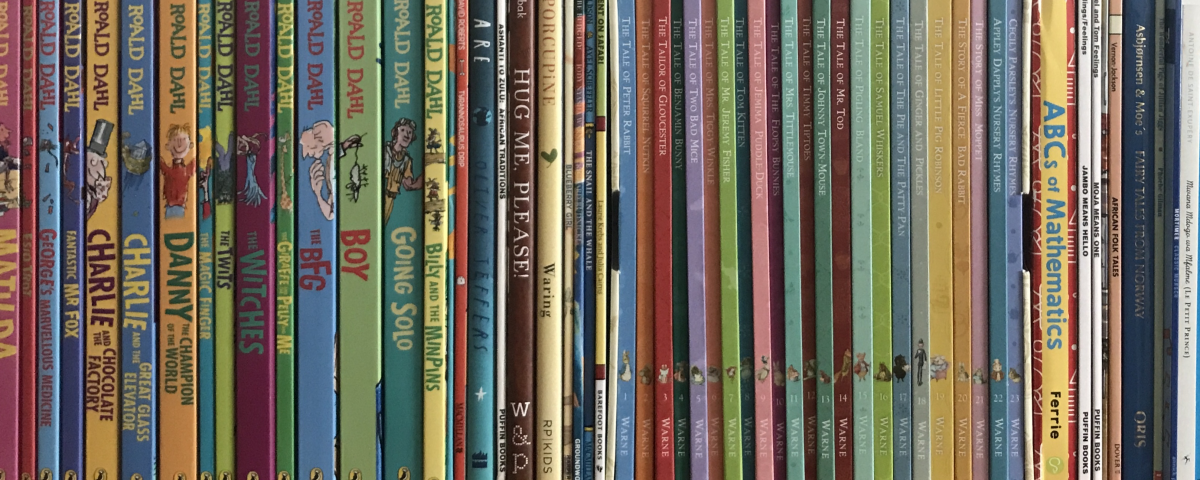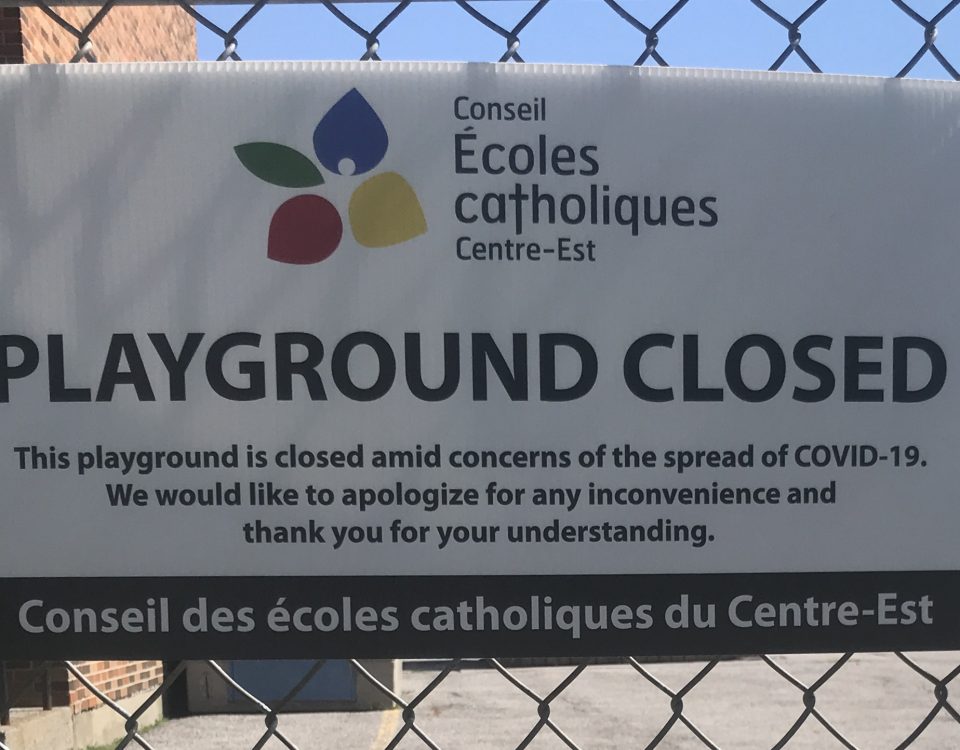You know that reading with your child is important, but like the rest of parenting, it doesn’t always go as planned. This is one a series of articles on reading with your child. In this series, we cover tips, tricks and information to help make reading time go smoothly, and to help you feel confident you’re on the right track with your child.
Does this scene sound familiar? You sit down to read with your little girl. She chooses her her favourite book, and as you start to read together, she flips straight to one of her favourite pages, skipping the rest of the story altogether. Even if you manage to flip back to where you were, she keeps flipping to her favourite pages. Eventually, you give up trying to read through the book in order, and end up reading the same few pages over and over again.
How about this one? You pick up a book you’re excited to read with your little boy, but he tosses it aside after two pages, and throws a tantrum until you settle on his favourite book—the one you’ve already read hundreds of times.
As adults, the repetition of favourite pages and favourite books can often seem tedious. We’re trying to tell a story, but we end up sounding like a broken record. You may even wonder: is this a problem? How is my child going to learn to read if we can’t even get through a short board book?
Here’s the good news. Favourite pages and favourite books are the foundation for learning to read. In fact, research suggests that the ability to recognize and express what you like and don’t like in a book, could be the most important skill in developing a lifelong love for reading.
Here’s our favourite page from our favourite Kasuku Stories book on hand washing and hygiene: Bunty and Bubbly
The reason is simple: kids who can choose the books they like (and put down the books they don’t like) are the ones who end up enjoying reading the most. These are the kids who end up reading the most books.
Is this surprising? Not really. This is still true of us as adults. To this day, I go back and reread my favourite passages or favourite books when I want a to enjoy some casual reading time on the beach, or when I find a quiet moment in a sunbeam.
One of the greatest discoveries I ever made as a reader is that if I’m not enjoying a book, I don’t have to finish it. I used to keep a massive list of books I thought would be “good for me”, and once in a while I would pick one from the list and slog my way through it, and for what? Doing so was turning my reading time into a chore. The books were taking forever to finish, and I wasn’t even enjoying myself. (Moby Dick, I’m looking at you!)
One day, part-way through a book on my “good for me” list, I just stopped. I put it down and told myself it was okay not to finish it.
It was incredibly empowering. I don’t know where I got this crazy idea that I always had to finish a book once I started reading it, but after I was okay with putting books down, my enjoyment of reading went up dramatically.
Now I’m ecstatic when I stop reading a book I’m not enjoying, because it means I have time to read another book that I might love.
The same is true for your kids. Experiencing the joy of reading a favourite page and a favourite book repeatedly is a vital opportunity for your child to build their own preferences and learn to recognize the books, illustrations, and stories that they enjoy. It’s also a chance to practice the equally important skill of putting books down. Your child is learning to value their own time, energy, and attention by spending it on books they enjoy. (And don’t worry about developing “grit”. Your children will have many opportunities to learn perseverance and to do things they don’t enjoy doing throughout their lives. There’s no need to take away from a budding love for reading and learning to teach those lessons now).
Here are some practical tips on how you can support your young child in developing their reading preferences:
- Go with the flow! You don’t have to read a book cover to cover every time you sit down to read. When you’re relaxed reading will go more smoothly and be more enjoyable for all.
- Let your kids choose their own books and reading materials. Let your child develop and express their reading preferences by choosing which books to read at bedtime, or which books to buy from the store.
- Experiment and keep a fresh supply of stories! Surprise your child with a stack of new books from the library and give them a go. Return the ones that don’t stick and renew (or buy) the ones that do.
- Talk about your preferences. Discuss what you liked in a book with your children and take a turn at reading one of your favourites together. This helps your kids learn the words to express their preferences so they can tell you what they like as well.
- If you’re not feeling it, take a break. If you get bored or annoyed, it’s okay to put a pause on reading together, and try again another time. It gives your children permission to do the same when they don’t feel the reading love.
- Enlist help. You don’t have to do all the reading yourself! It takes a village: friends, family, grandparents, older siblings, apps (like our own Kasuku Stories), or YouTube helpers (like Michelle Obama or Dolly Parton) can help with by reading with your child.
At the end of the day, when you help your children find their love for stories, whether it be in a single page, in a single book, in a giant library, or in Kasuku Stories, you’re helping to build their love for reading and learning, and that’s one of the greatest gifts you can give your little one.








